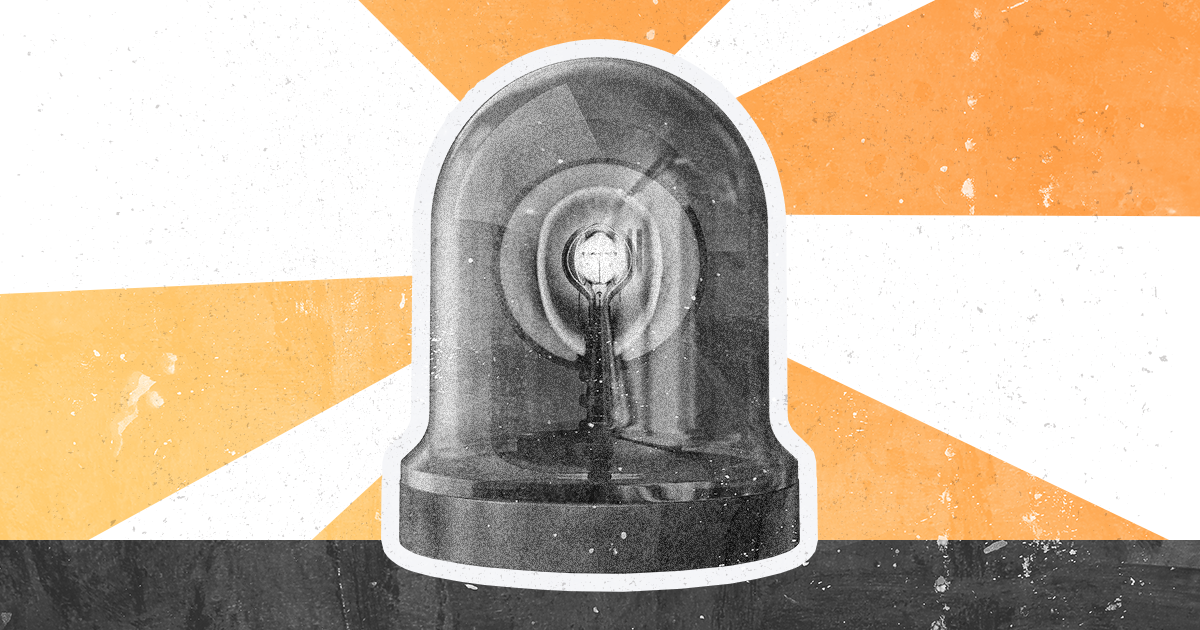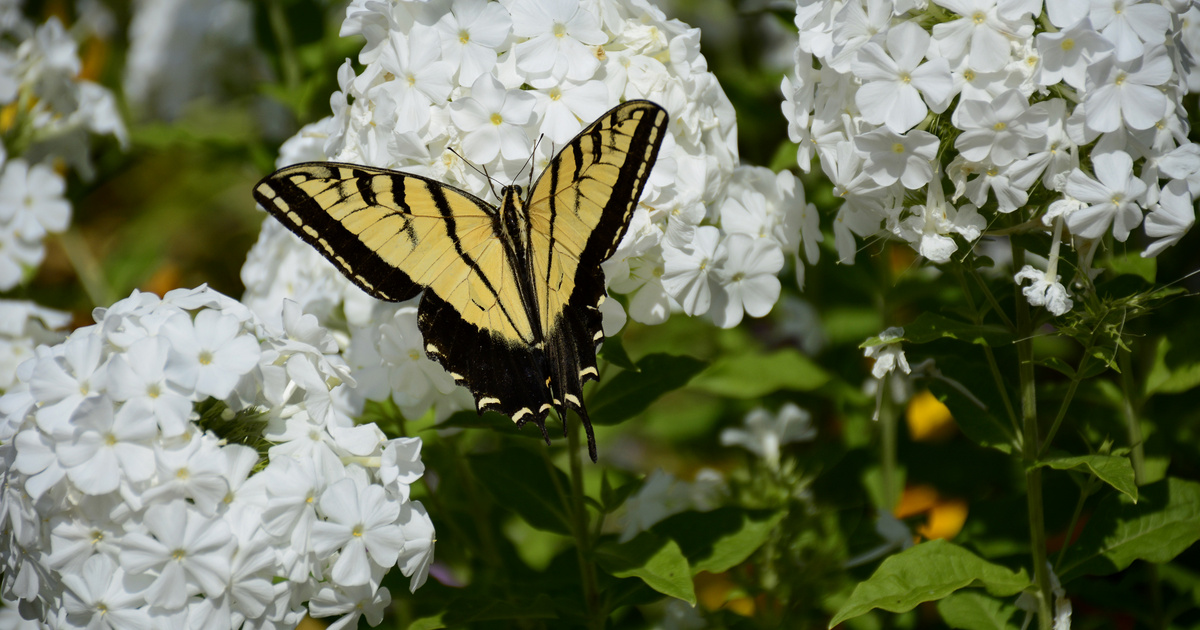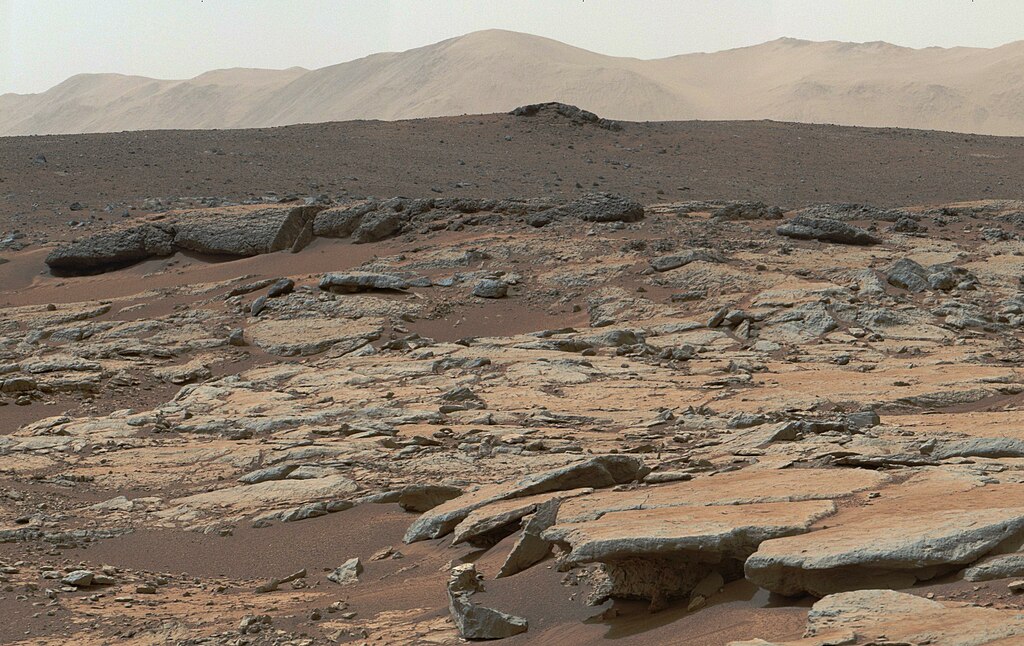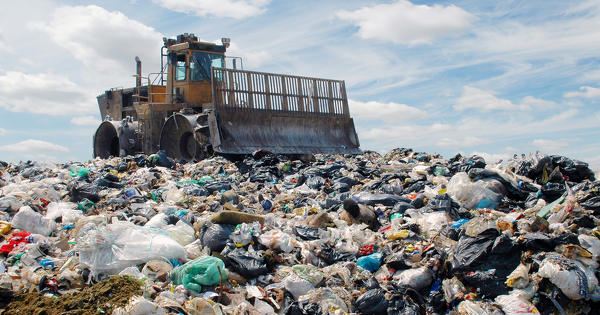Although plastic recycling is being approached as an important waste management solution, according to a study, recycling itself creates a huge amount of microplastics.
Bad results came from sewage
Britain’s Guardian newspaper did the math about this subjectthat an international team of scientists took samples from the wastewater of an unnamed modern recycling plant in the United Kingdom, and according to the results, microplastics in the water make up 13 percent of the plastic processed.
The result is frightening, says one of the team of scientists, Irina Brown, a senior researcher at the University of Strathclyde in Glasgow. Recycling is designed to reduce the plastic problem and protect the environment. By the way, the researchers tested the water before and after installing a factory water filtration system and found that the filter reduced the concentration of plastic particles, which fell to 6 percent of the processed plastic. However, it is estimated that such a plant could still be responsible for up to 75 billion plastic particles in one cubic meter of wastewater.
The results also revealed that there is a large amount of microplastics in the air around the recycling plant, and 61 percent of the particles are smaller than 10 microns, and can be linked to human diseases. According to Brown, it is also important to deal with the emissions of recycling plants. According to a study published in the Journal of Hazardous Material Advances, the unit examined was emitting up to 2,933 tons of microplastics annually before the filter system was introduced. and 1,366 tons beyond.
Moreover, more than 90 percent of the particles found were 10 microns in size, and 80 percent were even smaller, less than 5 microns in size. This is important because such small plastics are digested by many different organisms.
She’s petite, mean, and all over the place
Science understands microplastics as plastic particles smaller than 5 millimeters in size, and these tiny things are now found just about everywhere: They’re found everywhere from freshly fallen snow in Antarctica to the ocean depths, and they can be toxic to animals and plants.
In the case of humans, microplastics have already been found in the placenta, in human feces, and in the airways, and according to an estimate published in a 2019 study, 16.2 microplastics enter the airways every hour, of which in a week. A bank card will also work.
According to Brown, the aforementioned study also shows that plastic consumption and production should be significantly reduced. Only 9 percent of the 370 million tons of plastic produced worldwide is recycled.











































